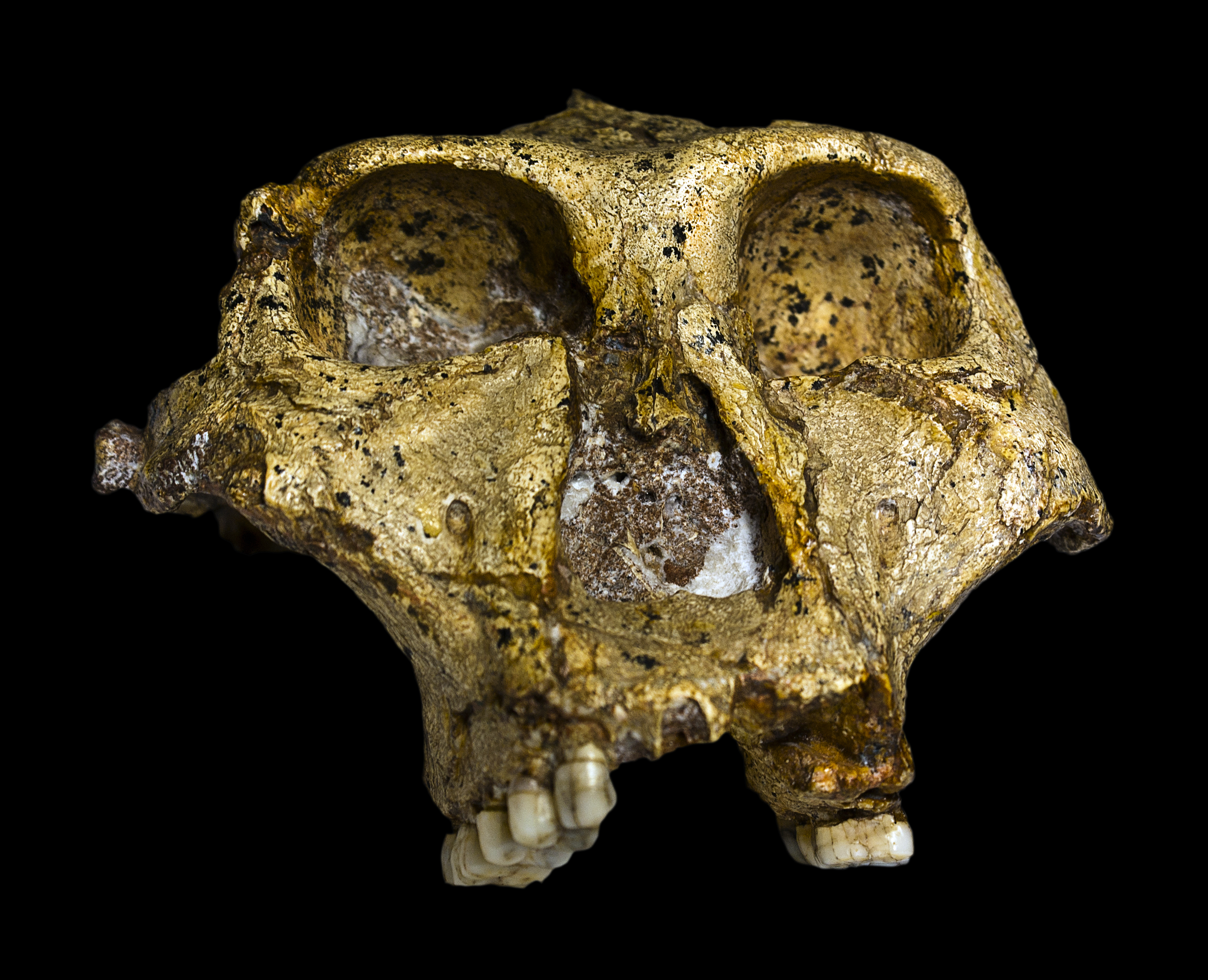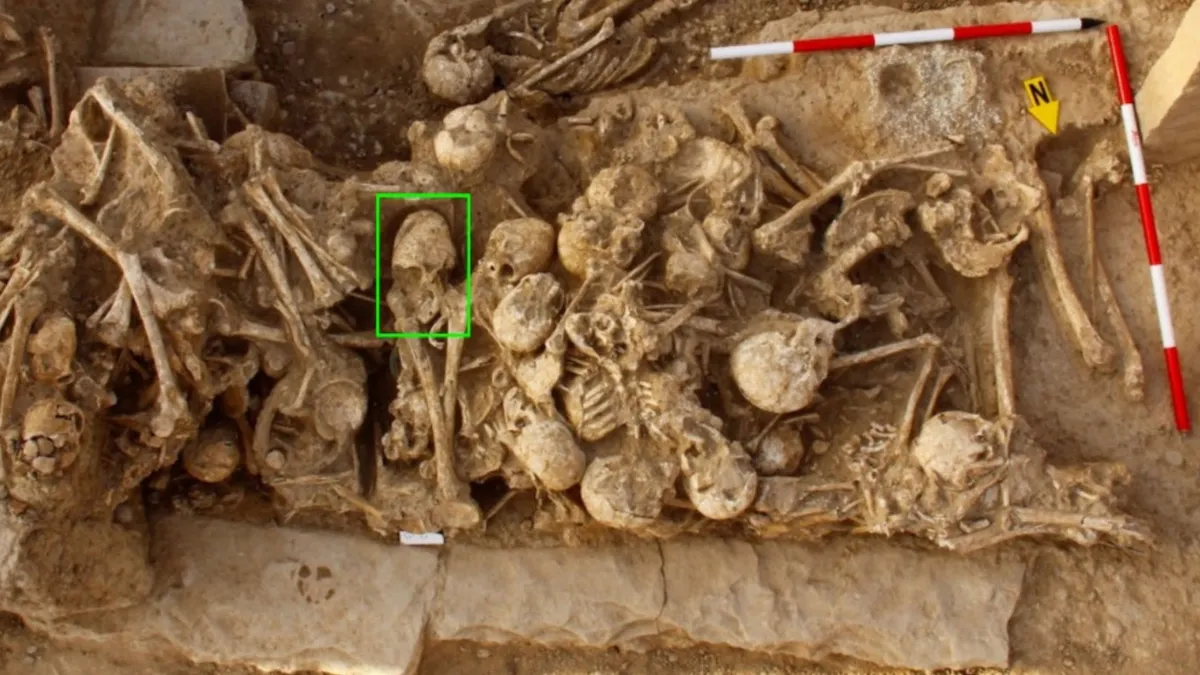Ancient news stories
A new paper, published in Physical Review D (full preprint here), proposes a striking alternative. Their calculations suggest the Big Bang was not the start of everything, but rather the outcome of a gravitational crunch or collapse that formed a very massive black hole—followed by a bounce inside it.

A recent study by Dr. Gino Caspari revisits early interpretations of Xiaohe burial practices, highlighting the importance of considering them within the broader cultural and environmental contexts. “The funerary ritual is completely different from the surrounding cultures, and that is part of the fascination of this culture.”
Analysis of 8,000-year-old teeth has revealed how pigs were first domesticated from wild boars in what is today South China. The new study was published in the Proceedings of the National Academy of Sciences.

Recent scholarship has concluded that Neanderthals made a second major migration from Eastern Europe to Central and Eastern Eurasia between 120,000 and 60,000 years ago. But the routes they took have long been a mystery—primarily because there are few archaeological sites connecting the two regions. The research, which appears in the journal PLOS One.

In a bold reimagining of Southeast Asia s prehistory, scientists reveal that the Philippine island of Mindoro was a hub of human innovation and migration as far back as 35,000 years ago. Advanced tools, deep-sea fishing capabilities, and early burial customs show that early humans here weren t isolated they were maritime pioneers shaping a wide-reaching network across the region. See the paper here: https://www.sciencedirect.com/science/article/abs/pii/S2352226725000261?via%3Dihub

Scientists are turning to something that’s been quietly fixing nature for billions of years: mushrooms.
Despite their critical role in the human history of the Pacific region, this group’s genetic diversity is understudied, the researchers say. Their findings are in a paper published in the journal Nature Ecology & Evolution.

A new study, led by Palesa Madupe of the Globe Institute at the University of Copenhagen, has revealed protein-based evidence of hidden genetic variation within Paranthropus robustus. This suggests that the prehistoric humans may not have been a single, uniform species after all. The study is published in the journal Science.
Image by – José Braga;Didier Descouens (Wiki Commons)

Archaeologists in Iran have unearthed the unusual skull of a young woman who died in a traumatic incident over 6,000 years ago. The study was published May 22 in the International Journal of Osteoarchaeology.

With its cold climate, short growing season, and dense forests, Michigan’s Upper Peninsula is known as a challenging place for farming. But a new Dartmouth-led study provides evidence of intensive farming by ancestral Native Americans at the Sixty Islands archaeological site along the Menominee River, making it the most complete ancient agricultural site in the eastern half of the United States. The findings are published in Science.

A new study from Tel Aviv University offers a provocative twist: prehistoric humans may have first harnessed fire not to cook their food, but to protect it—from predators, and from spoilage. The study was published in the journal Frontiers in Nutrition.

Researchers enlisted help of AI along with radiocarbon dating to produce new insights into ancient texts
Whale bones dating to 20,000 years ago found at sites around Spain could be the earliest evidence that ancient humans used whale bones to make tools, according to a new study. The findings are presented in a paper published in Nature Communications
Better understanding species distribution through time could help determine why the megafauna vanished between 50,000 and 10,000 years ago. This in turn could give crucial insight into prehistoric ecosystems and help understand and even prevent future extinctions.
A significant fossil puzzle piece in the evolution of the first vertebrate animals to leave Earth’s ancient seas and walked on land was discovered in Scotland more than 40 years ago. But it has only just been accurately aged—and the results have left palaeontologists stunned. The results are published in the journal PLOS One.
The new study published in the journal Geoarchaeology shows that geophysical imaging methods can be useful to find other artefacts in open air sites outside caves and rock shelters.








